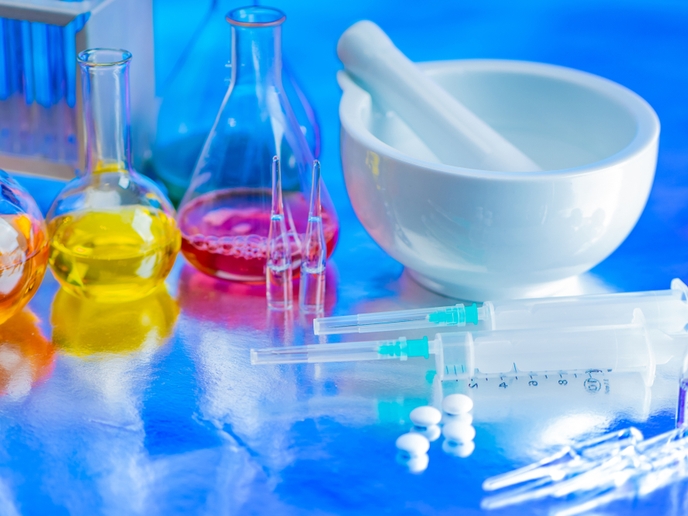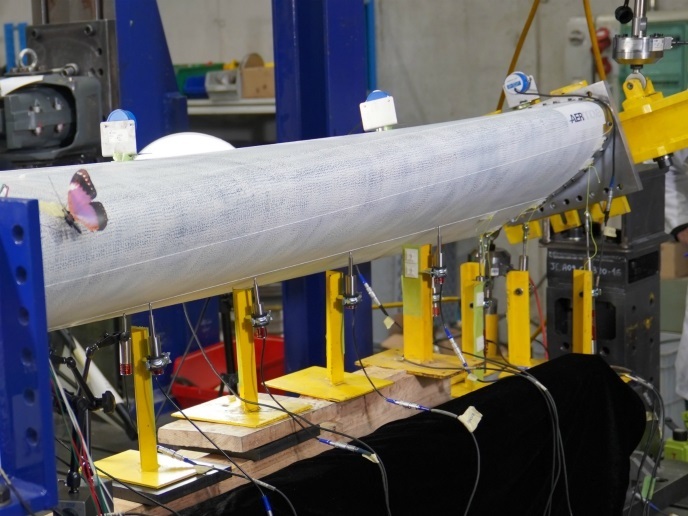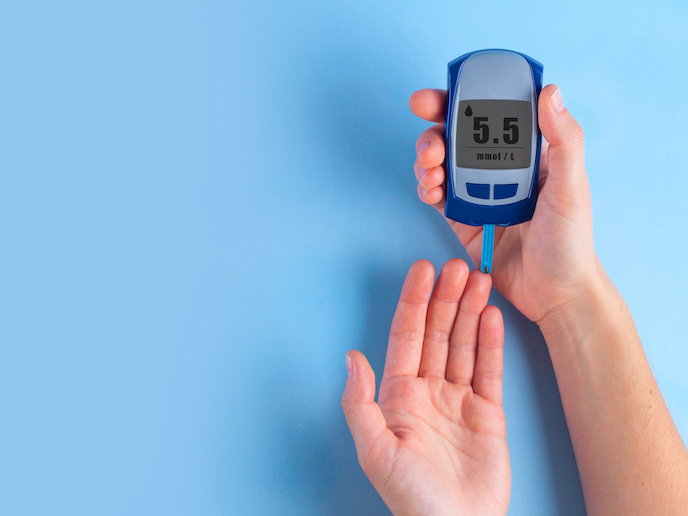Real time in-process food and pharmaceuticals monitoring
Recent advances in near-infrared spectroscopy analysis together with low-cost, miniature, fit-for-purpose sensors on the market have paved the way for in-process monitoring. Despite advances in sensing technology, the potential of near-infrared technology has not been fully harnessed. Lack of specialised expertise hampers the reconfiguration of generic systems for different production environments. Bringing the lab to the production line The vast majority of food and pharmaceutical manufacturers extract product samples from the production line and send them for chemical analysis. This process is costly and time-consuming for manufacturers as information may come too late to prevent losses. “Delayed action – post-laboratory quality control – can possibly lead to product discard, or worse, off-spec product entering the market,” notes project coordinator Dr Timothy Kehoe. “Bringing powerful laboratory analysis right into the processing line is a paradigm shift for the food and pharmaceutical industries. Product quality analysis is more impactful when it happens in real time. Critical real-time information enables manufacturers to better control the inspection process and obtain the desired product quality,” Dr Kehoe points out. The EU-funded project VISUM developed a new spectroscopy-based analyser that can be integrated into the production line. This enables automation of the quality control process where all product units undergo non-invasive analysis. This saves time and cost for manufacturers while standardising quality. Working principle The affordable VISUM analyser uses a halogen light source to illuminate the sample. Light is absorbed in varying amounts by the sample at particular frequencies corresponding to the vibrational frequencies of the bonds of the molecules in the sample. As the bonds for every molecule are different, the infrared absorption spectrum is specific to the molecule. Recording the absorbance of light as a function of wavelength allows them to generate a unique absorption fingerprint for every material and investigate the chemical composition. This technique has been widely used in industry as an offline method for detection and analysis. Moreover, the VISUM platform utilises complex chemometrics to take the raw spectra measured by the device and transform them into meaningful results. These models are specifically built for the client using known samples, or equally the devices can run on models provided by the client. The device also eliminates the need for external calibration. Thanks to its stable in-built calibration standard, it prevents the disruption of the measurement process allowing uninterrupted inline measurements. “Infrared spectroscopy-based analysers are traditionally very stable and provide accurate readings in the laboratory. However, the challenge is to integrate them into the processing line, and ensuring that they are capable of providing reliable measurements when operating in harsh and dynamic production environments,” notes Dr Kehoe. “This is what sets us apart from the competition in this field.” The basis for Industry 4.0 The key to unlocking the floodgates for mainstream adoption lies in successfully integrating infrared spectroscopy into processing lines and seamlessly providing the acquired process data to industry in the form of knowledge or intelligence. “We have a vision for ‘knowledge-based’ processing, and this is very much in line with the Industry 4.0 paradigm, which essentially is all about bringing intelligence to industry,” concludes Dr Kehoe.
Keywords
VISUM, food, pharmaceutical, infrared, spectroscopy, real time, analyser, quality control, monitoring, in-process, Industry 4.0







